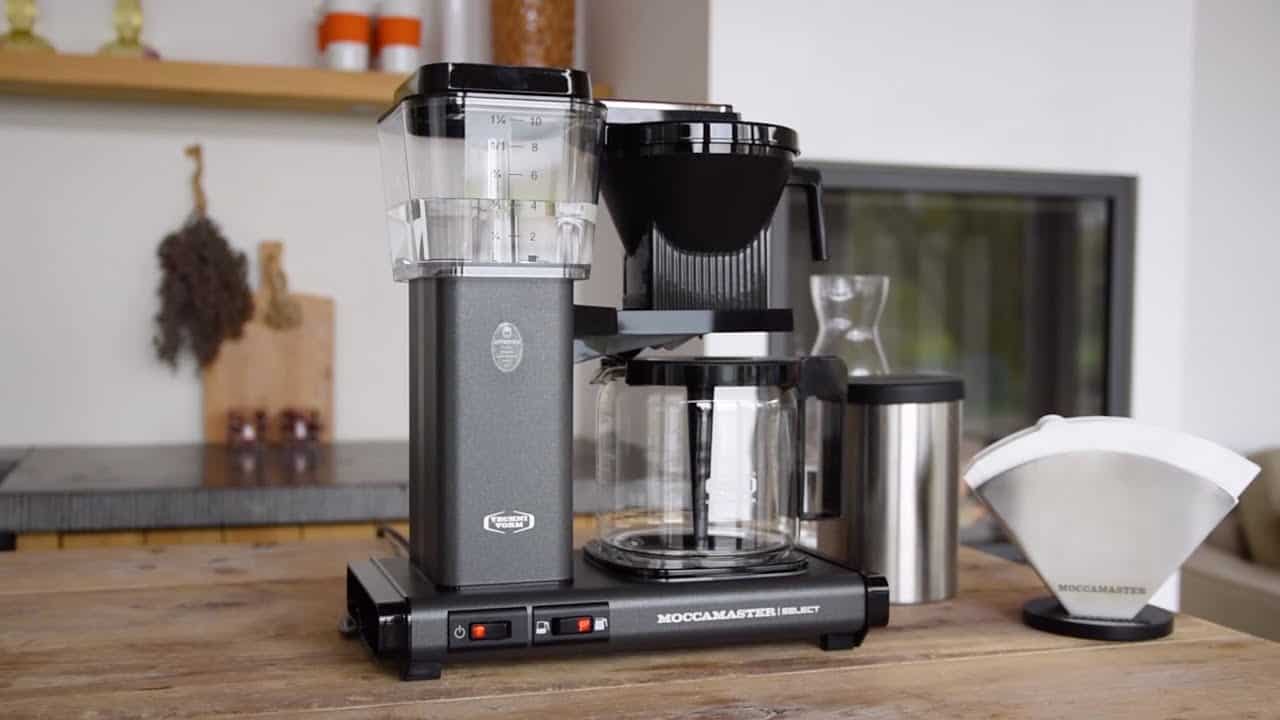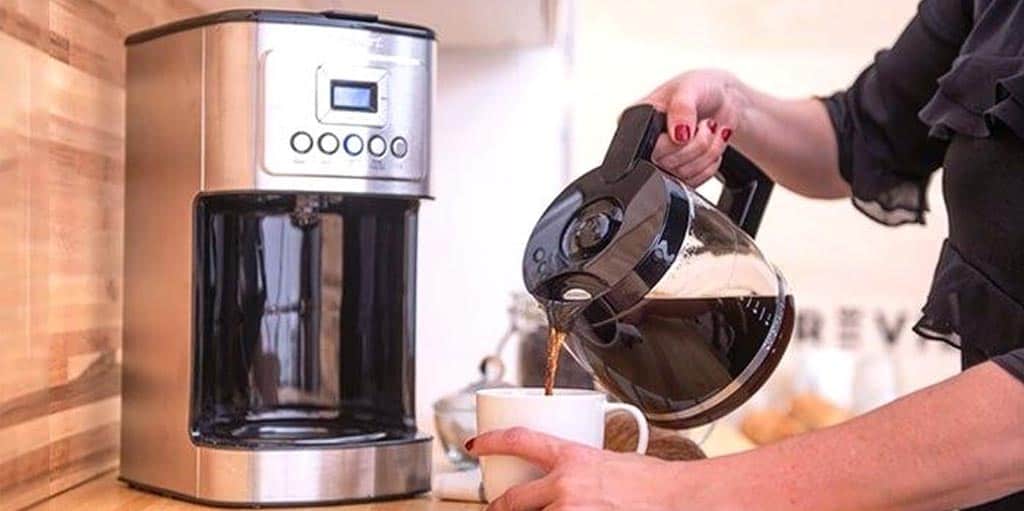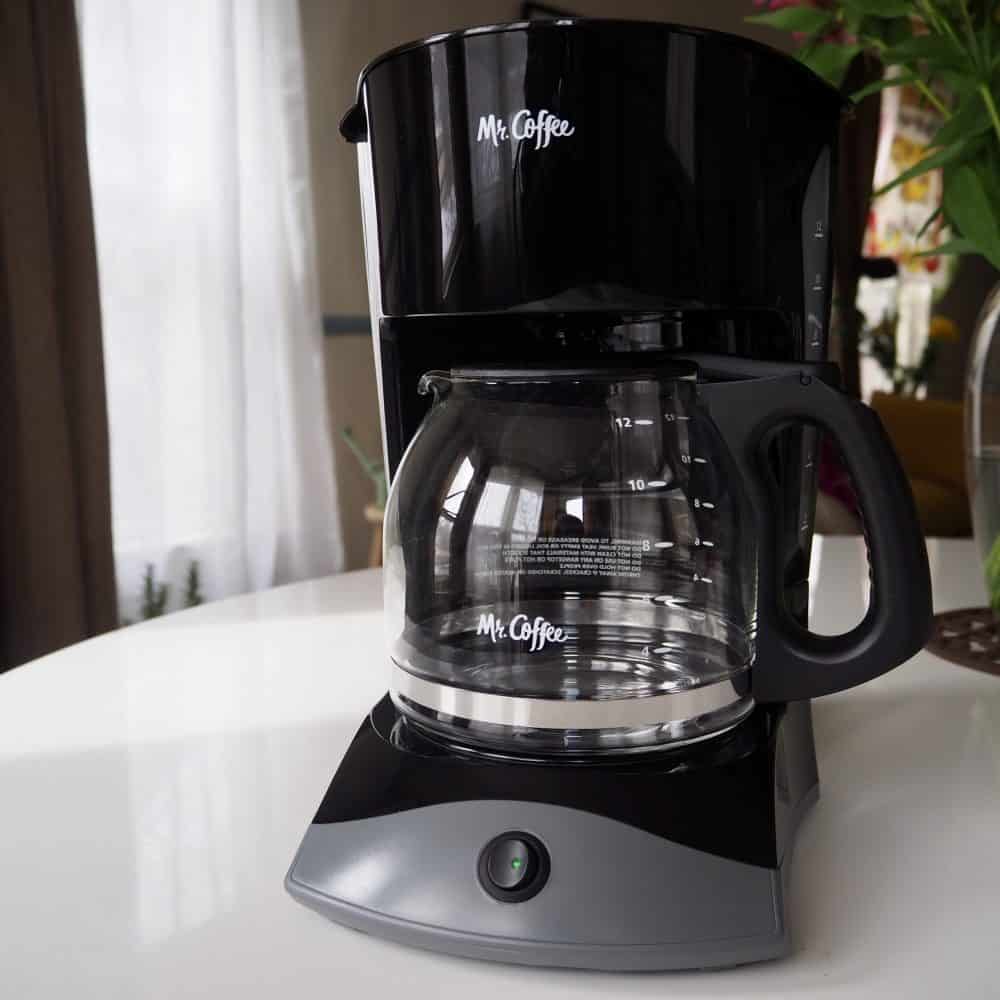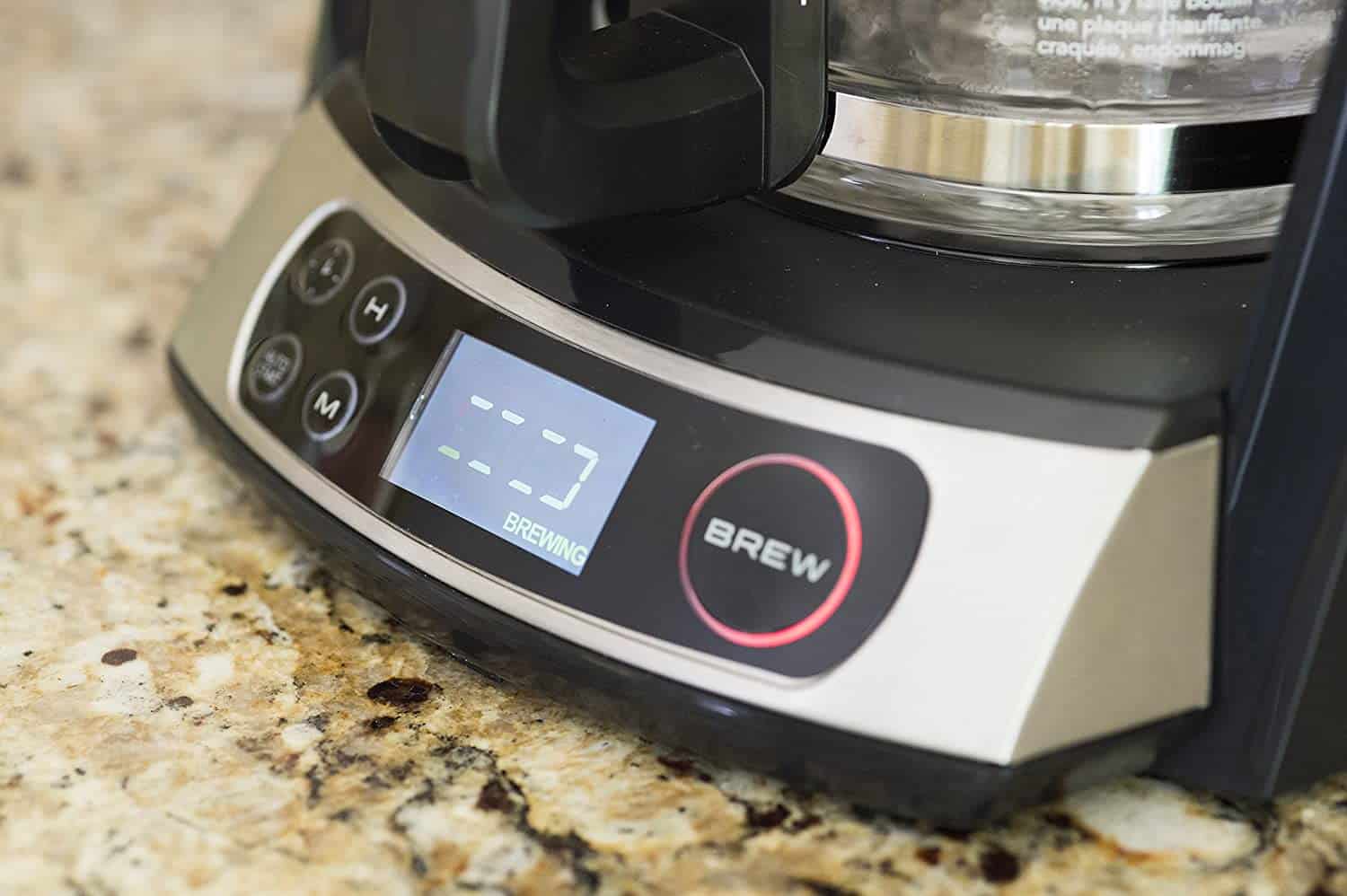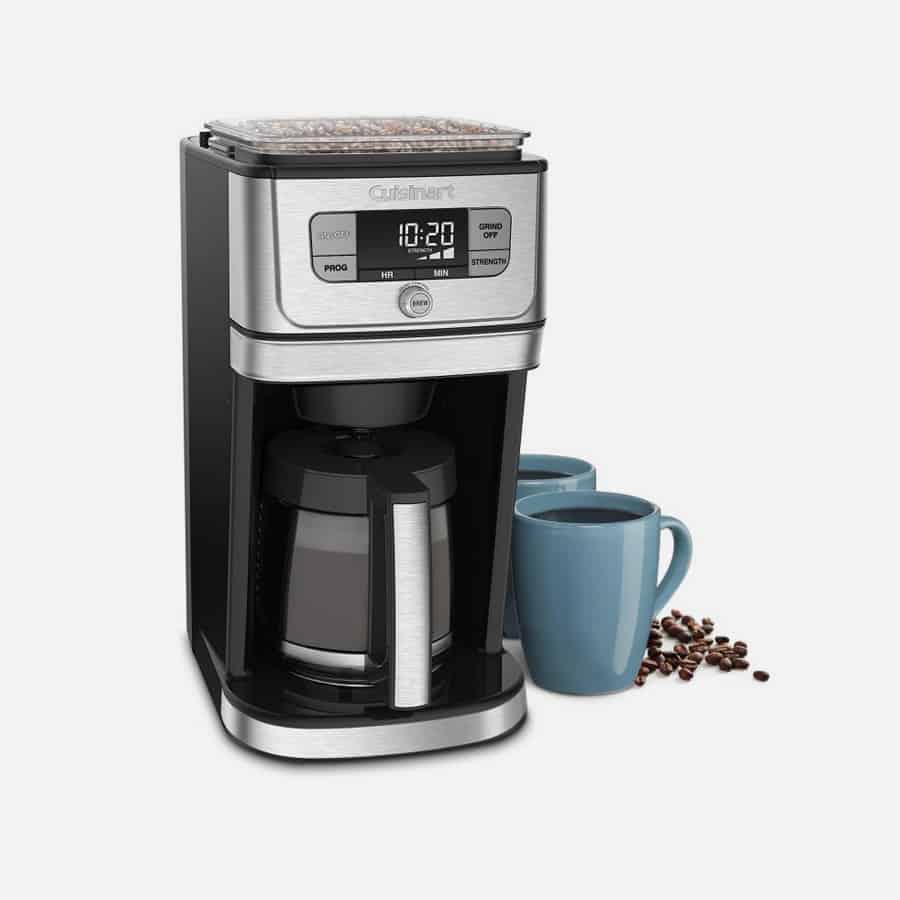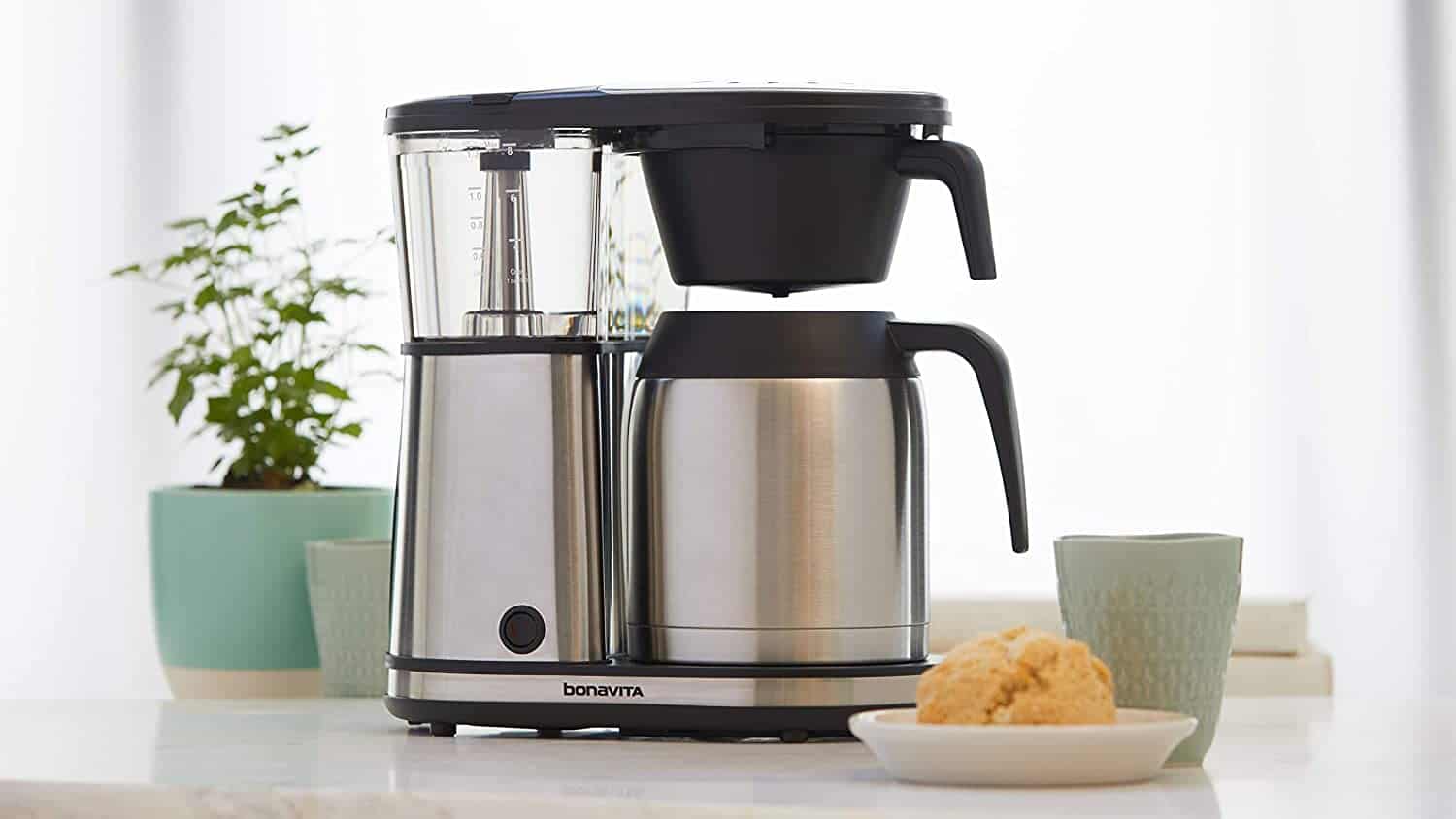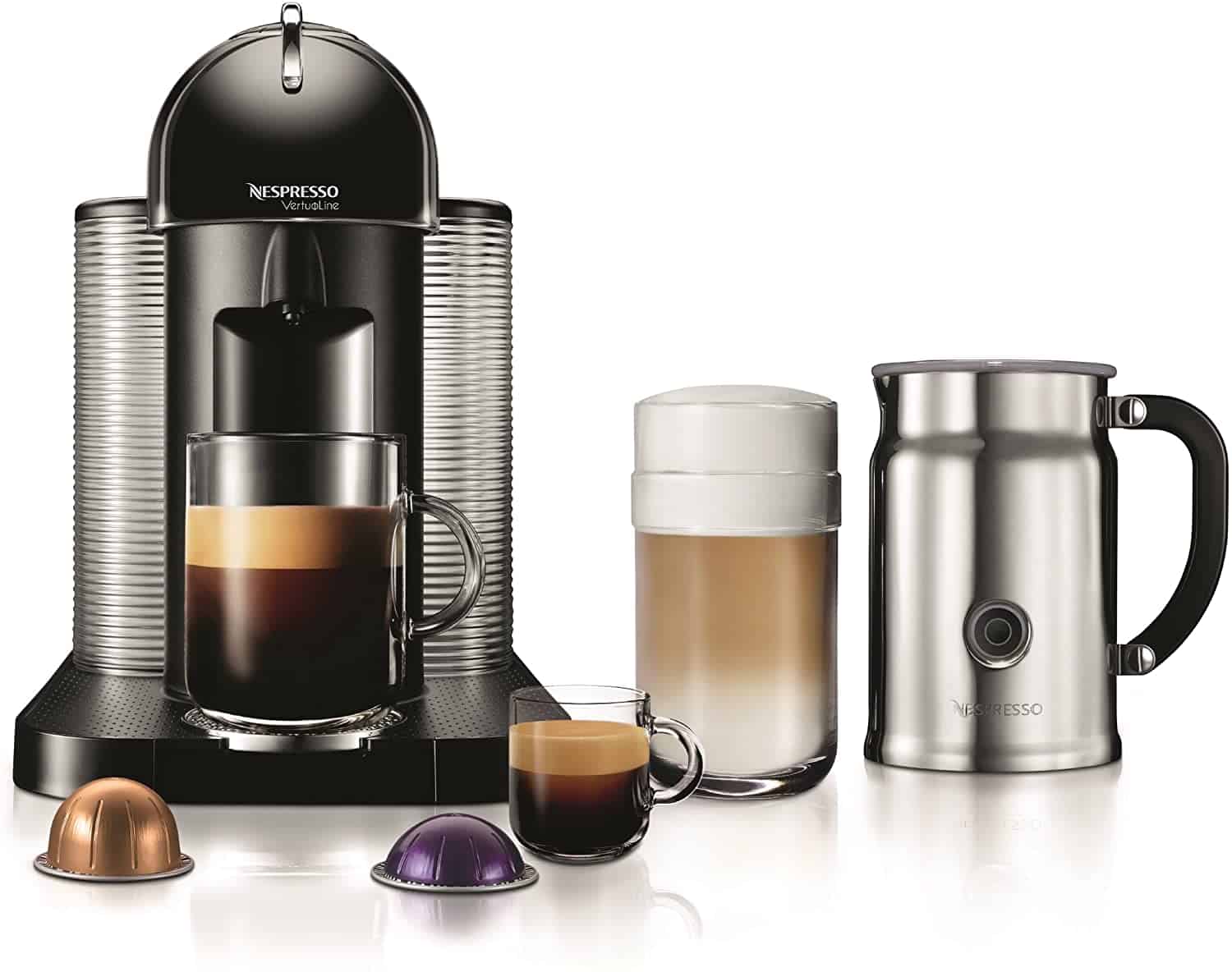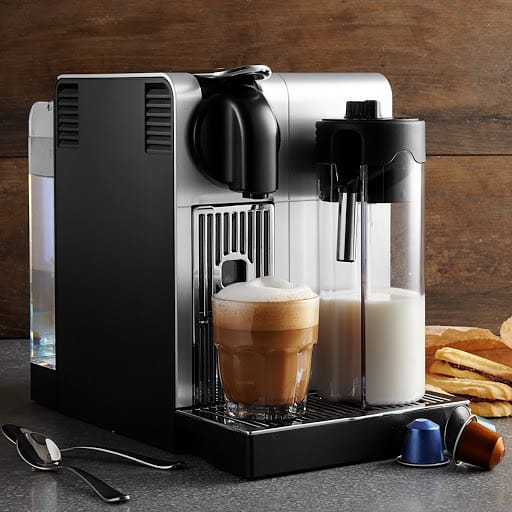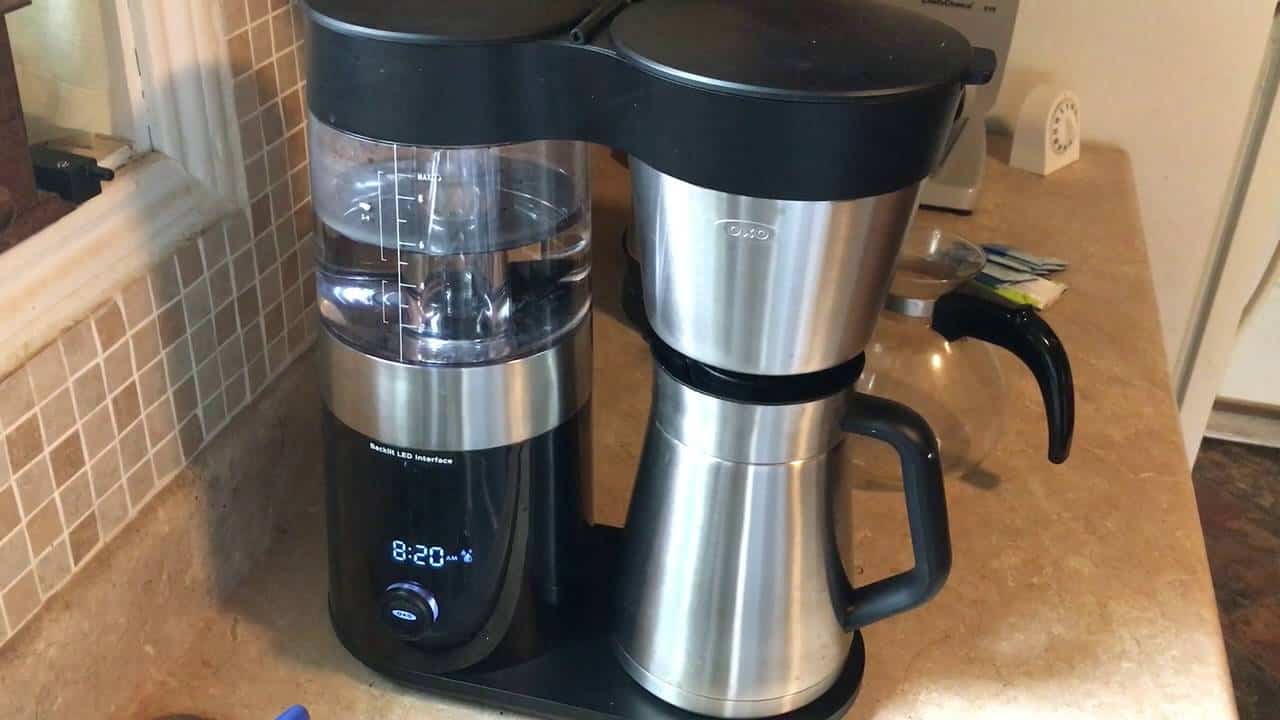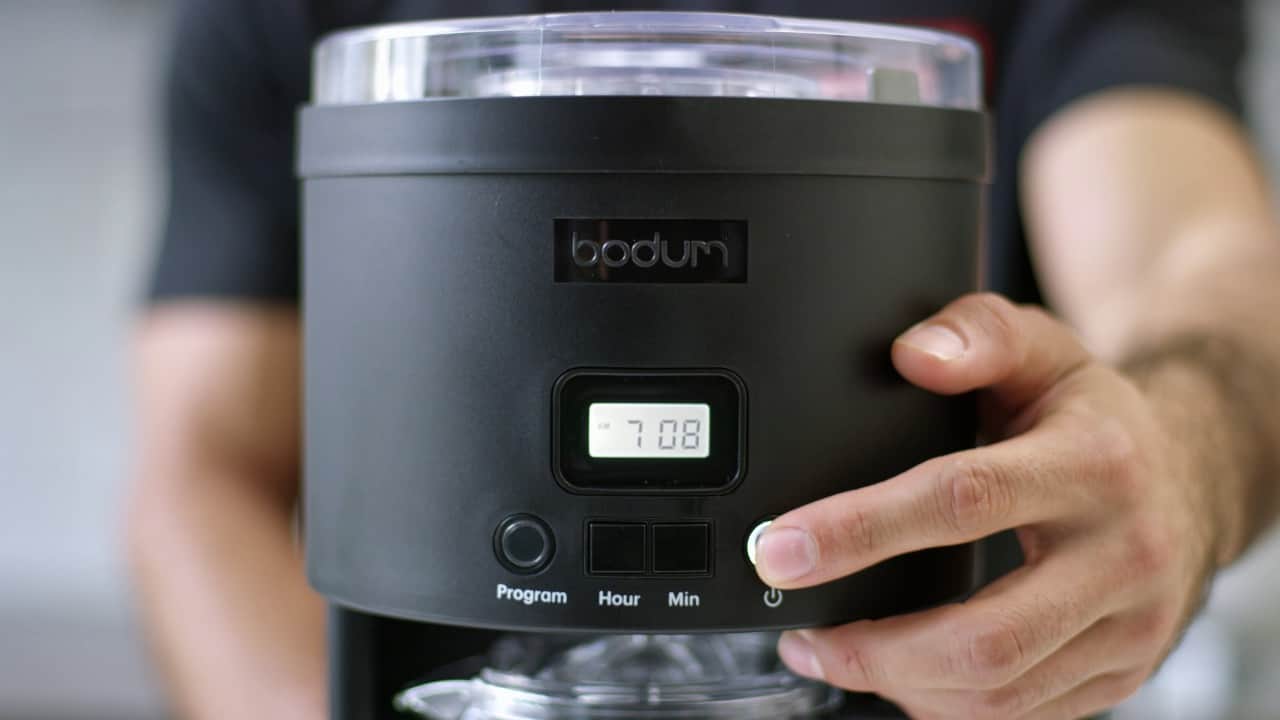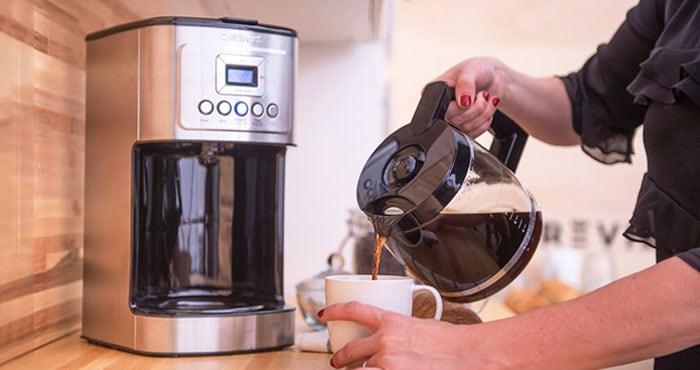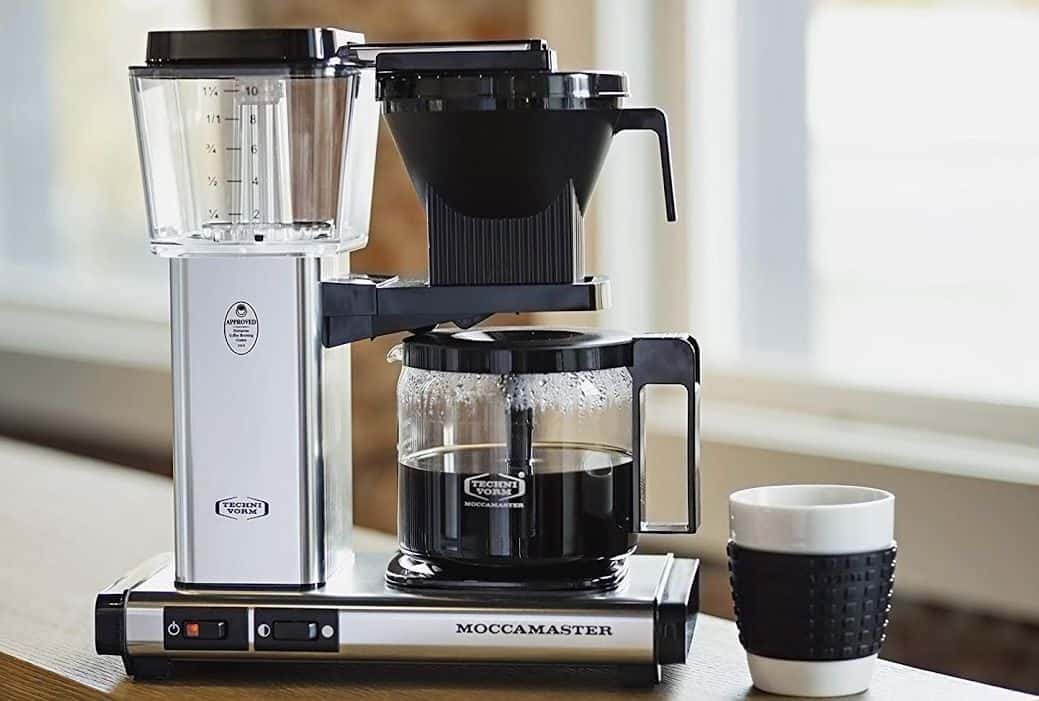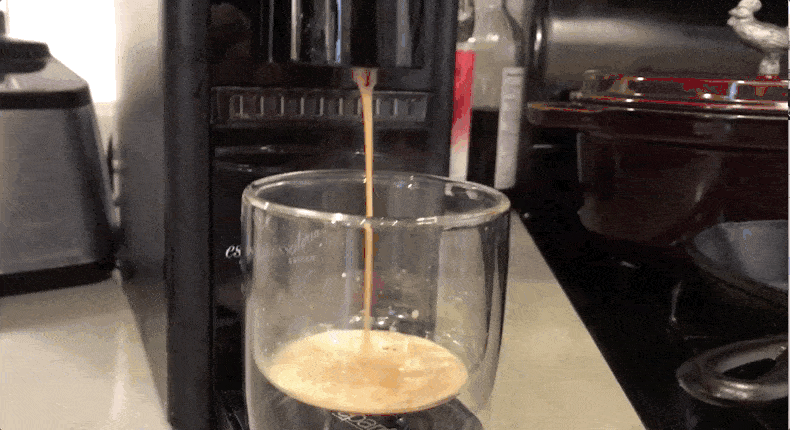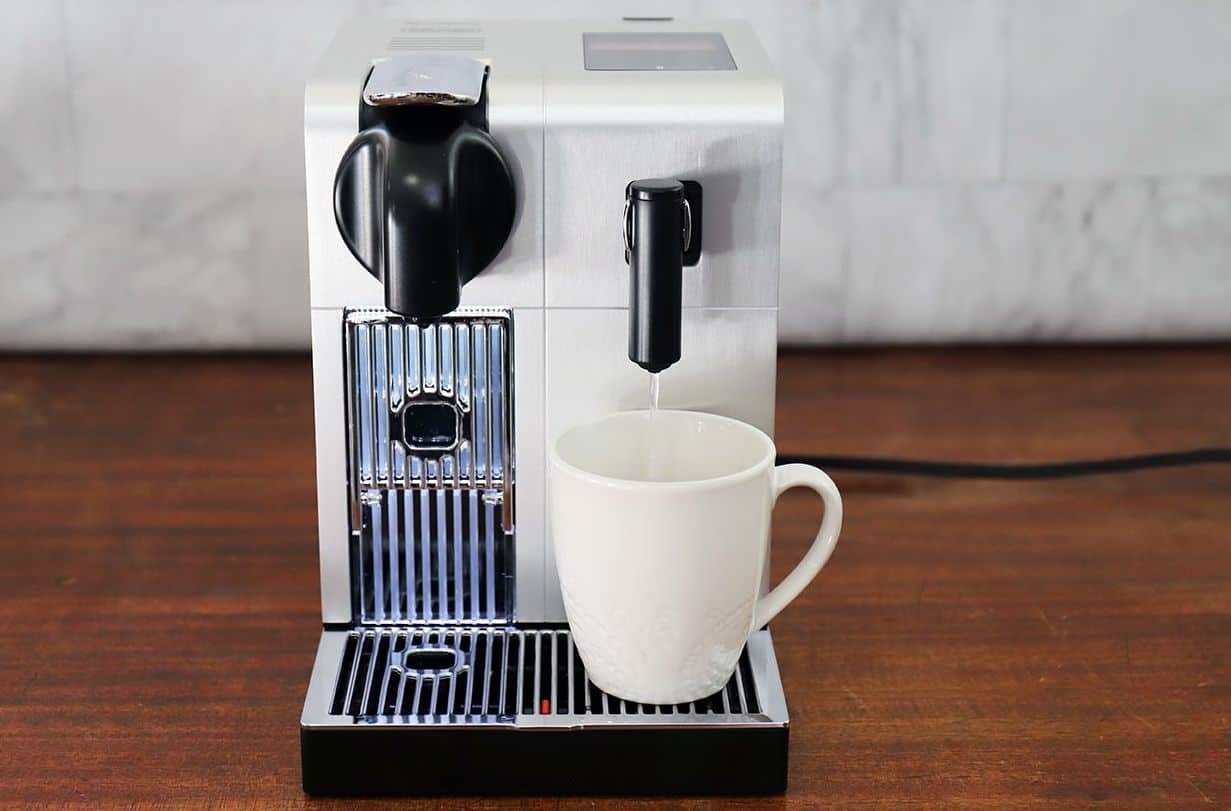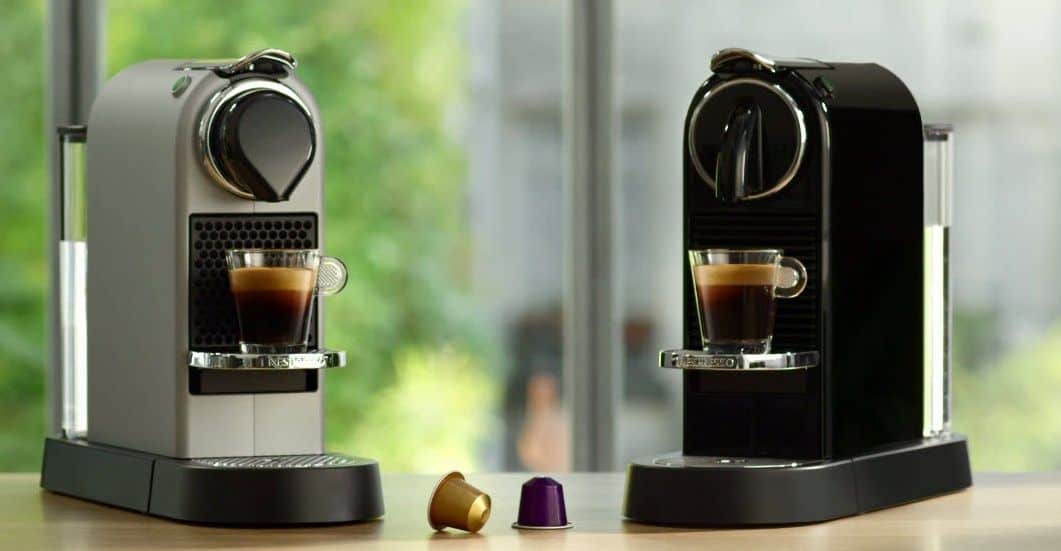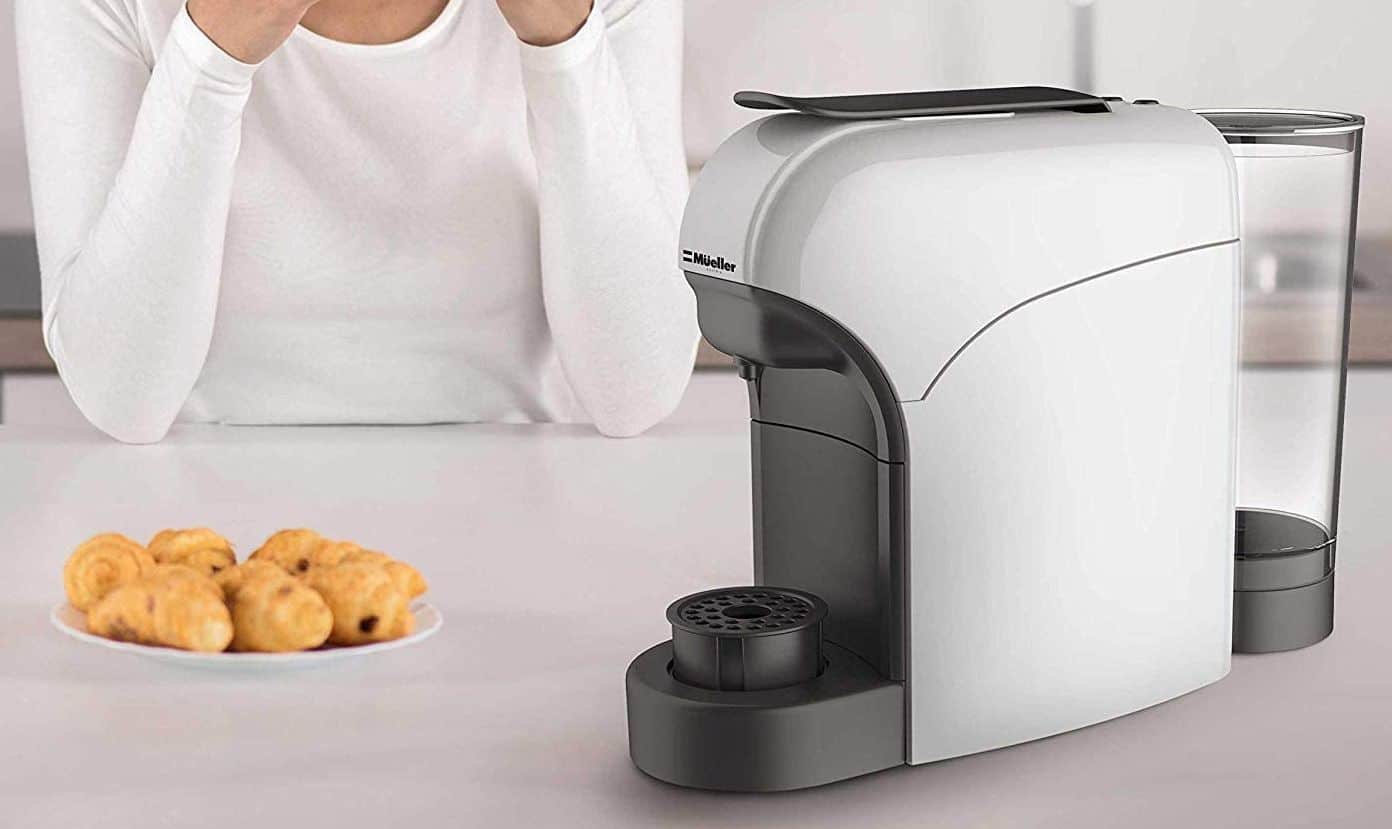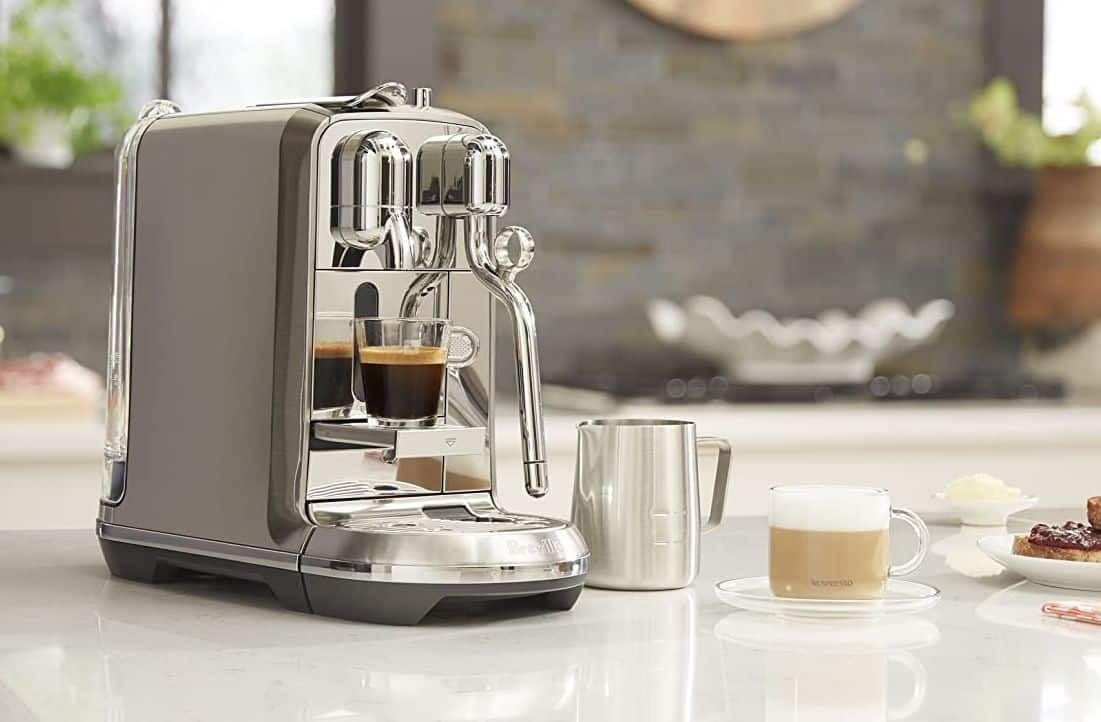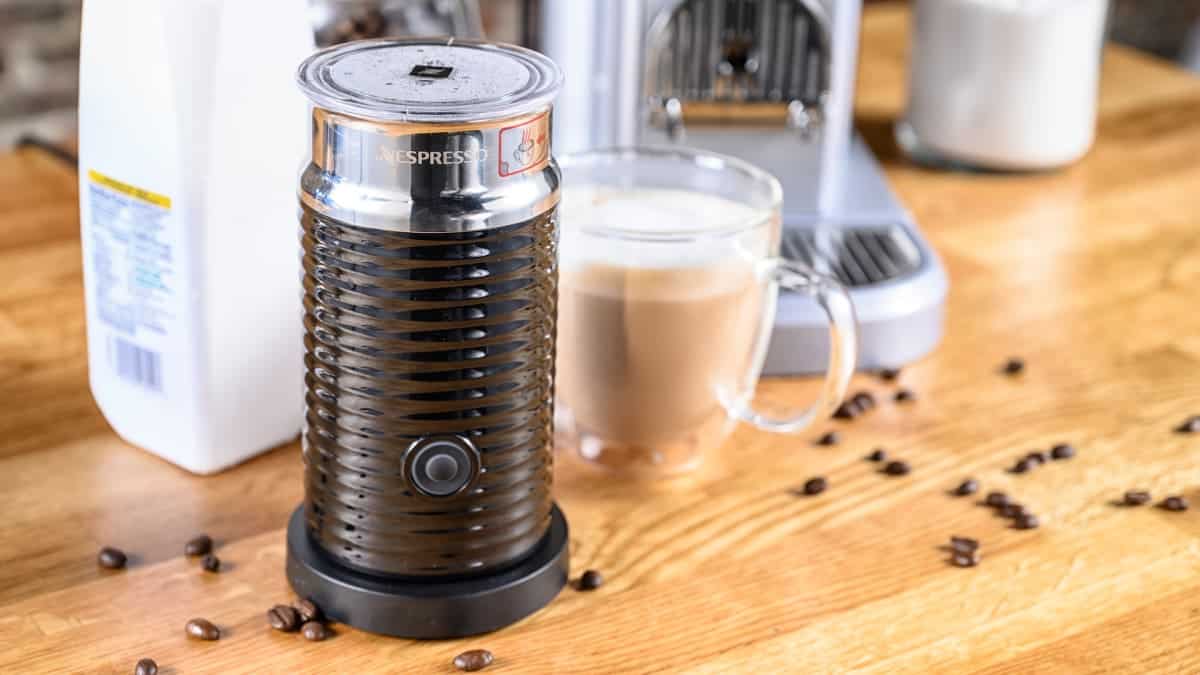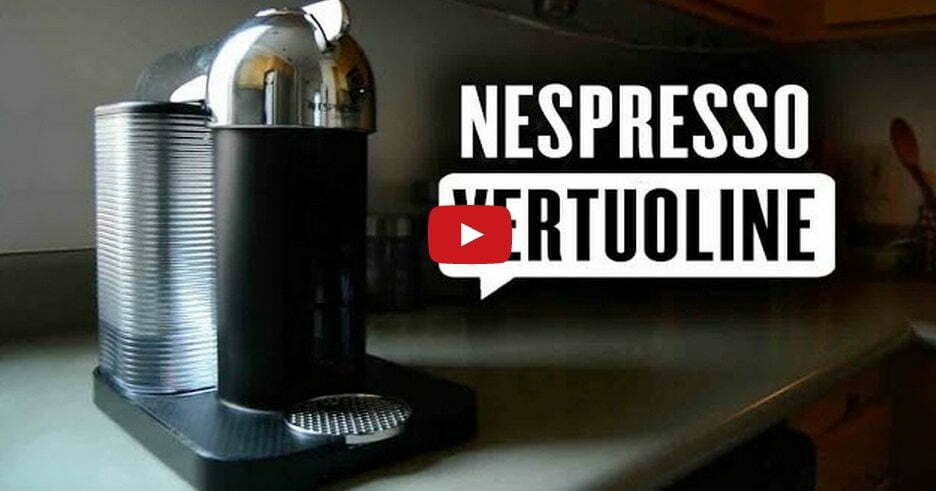The best manual espresso machine offers more user control over pressure, shot timing, strength, temperature, and water source. Everything that goes into making espresso must be carefully chosen, measured, and executed. They take practice but make some of the best espresso you’ll ever taste, with a beautiful layer of crema on top that’ll please even the most discerning coffee connoisseurs.
Of course, these machines are the best choice for someone with a bit of experience pulling espresso shots. The steep learning curve makes them intimidating for beginners, who can expect to make quite a few terrible tasting shots at first. However, they’re also great learning tools and allow the most customization, which makes them one of the best coffee makers you’ll find.
Keep reading our buying guide to learn more about manual espresso machines and what makes them so great.
Top Manual Espresso Machines
#1 De’Longhi EC260BK Coffee Maker
Award: TOP PICK
WHY WE LIKE IT: This model features multiple modes and clear controls to give users a convenient hands-on experience during the brewing process. Additionally, the users will love whipping up specialty drinks and strong flavors with the portafilter and frothing hose.
- Excellent features
- Single or double espresso
- Authentic espresso pressure
- No option for drip brews
The De’Longhi EC260BK coffee maker is an excellent choice for users looking for hands-on craftsmanship in their coffee brewing experience. This model features a durable portafilter with multiple filters to accommodate single and double shots of fresh espresso. Additionally, this model features an adjustable base so users can serve two individual glasses or a taller single mug in a single brew session. While this model doesn’t feature traditional drip coffee, it provides users with an authentic espresso experience thanks to the 15 bars of pressure during the extraction process.
In addition to multiple brewing options and authentic espresso extraction, the De’Longhi EC260BK coffee maker offers a manual milk frother so users can craft specialty drinks like cappuccinos and lattes at home. Additionally, unlike traditional espresso makers, this model features a small footprint to save valuable kitchen space for cooking or food prep. Lastly, this machine has stainless steel construction for easy cleaning and durability.
#2 WACACO MINIPRESSO GR FBA Coffee Maker
Award: HONORABLE MENTION
WHY WE LIKE IT: This lightweight and versatile device features a novel design that makes it ideal for enjoying fresh brews while backpacking through the wilderness. With simple controls and an extremely storable form factor, users will love this convenient handheld brewer.
- Extremely lightweight
- Durable construction
- No battery required
- Doesn’t heat water
The WACACO MINIPRESSO GR FBA coffee maker is a stellar pick for users who want strong espresso while adventuring far off the grid or enjoying a weekend of car camping. This model is manually operated to generate espresso pressure, so users don’t need to worry about batteries or extra supplies. Additionally, users will love this model for its small footprint and minimal weight that makes it easy to pack away in a crowded pack. While this model doesn’t heat water, the wide-mouthed water compartment makes it easy to fill without spills.
In addition to portability and manual brewing control, the WACACO MINIPRESSO GR FBA coffee maker includes multiple tools to make this model convenient for the lightweight traveler. This model features a measuring spoon, cleaning brush, and carrying bag so users can easily bring this coffee maker wherever they go. This novel coffee machine lets users craft authentic espresso powered by a semi-manual pump that can lock in place during travel mode.
#3 Sage SES878BTR Coffee Maker
Award: BEST FOR FLAVOR
WHY WE LIKE IT: This model features a striking design and exceptional build quality to provide a premium specialty beverage experience at home. Additionally, users will love the built-in burr grinder with variable control so they can use freshly ground beans every time.
- Fantastic steamer
- Built-in burr grinder
- Digital display
- Not for inexperienced users
The Sage SES878BTR coffee maker is a premium pick for users who are serious about brewing high-quality espresso and specialty drinks at their kitchen counter. This model features a striking design with a clear digital display and multiple features to ensure fresh-tasting espresso. The built-in burr grinder features dose control so users can achieve their desired brew strength with a single press of a button. While this model isn’t ideal for complete beginners, it has enough features and tools to provide a forgiving and versatile brewing process for those willing to learn.
In addition to an impressive design and a fantastic built-in grinder, the Sage SES878BTR coffee maker offers quick brewing speed for users in a rush. This model reaches the appropriate brewing temperature within three seconds, and it covers the entire brewing process from grinding beans to filling a cup in about one minute. Lastly, this model features a powerful steam wand so users can add cream and texture to their favorite coffee drinks.
#4 STARPRESSO SP-200 Coffee Maker
Award: BEST FOR OUTDOOR BREWING
WHY WE LIKE IT: This model features a complete toolkit for brewing strong and flavorful drinks while traveling the outdoors or working on the go. Additionally, users will love the battery-free operation and compatibility with fresh beans or disposable capsules.
- Strong flavor
- Authentic espresso pressure
- Nespresso pod compatible
- Doesn’t heat water
The STARESSO SP-200 coffee maker is a compelling choice for users who want authentic espresso and strong flavor while camping for the weekend or traveling for work. This device is lightweight and stores away easily in a bag or suitcase, and the metal and plastic components ensure that it can stand up to rough treks. While this model doesn’t heat water, the manual hand pump generates up to 18 bars of pressure to produce authentic espresso with a rich crema.
In addition to portability and authentic espresso extraction, the STARESSO SP-200 coffee maker provides users with a user-friendly way to make shop-quality beverages. This model can hold up to two teaspoons of freshly ground coffee per brewing cycle, and it is compatible with Nespresso pods for a mess-free brewing experience. Lastly, since this model requires zero outside energy other than the manual pump, it is extremely quiet for late nights or brewing in a library.
#5 Flair 647213147902 Coffee Maker
Award: BEST FOR ARTESIAN BREWING
WHY WE LIKE IT: This device features an interesting design and clear pressure gauge that gives users complete control over their brewing cycle. Additionally, the strong base and durable parts ensure that this model will work in a fancy kitchen or at a camping getaway.
- Sturdy base
- Pressure guage
- Simple operation
- Not very quick
The Flair 647213147902 coffee maker is an outstanding pick for users who enjoy hand-crafting strong and flavorful espresso as a daily ritual or a relaxed Sunday morning. This model features a durable metal design that fully deconstructs and a hard-shell carrying case that makes it perfect for brewing outdoors or bringing to a get-together. While this model requires a bit more work than a traditional drip brewer, the included pressure gauge ensures that users will have authentic espresso extraction for bold and potent brews.
In addition to durable construction and an accurate pressure gauge, the Flair 637213147902 coffee maker is an excellent centerpiece in a modern kitchen. Additionally, the strong metal base, post, and lever ensure that this manual press can stand up to long-term use. Thanks to the detachable brewing head, users will love how easy it is to clean this coffee press. Lastly, this model creates flavorful and complex espresso with rich and creamy crema in most shots.
#6 AIFUSI Coffee Maker
Award: BEST FOR STRONG DRINKS
WHY WE LIKE IT: This model features a top-quality construction and a rustic modern design for a durable unit that delivers strong drinks at home or outdoors. With a six-cup serving capacity on offer, users will love serving friends or drinking a solitary mug to start their day.
- High-grade construction
- Bold flavor
- Fast brewing
- Not authentic espresso
The AIFUSI coffee maker is an excellent pick for users that want strong percolated coffee at work, home, or at a campsite. This model features stainless steel construction and interlocking parts to deliver a durable and convenient way to make cowboy coffee over a variety of heat sources. While this model doesn’t produce the pressure necessary for authentic Italian espresso, the percolation process produces a potent and aromatic brew that’s perfect for an early morning.
In addition to bold flavor and durable interlocking parts, the AIFUSI coffee maker provides a straightforward way to brew strong coffee. This model only requires five steps to make a fresh pot of coffee, and the wooden lid knob and serving handle keeps users safe while pouring mugs around the fire. Thanks to a 6-cup serving capacity, this model is perfect for serving a small group of friends or drinking multiple mugs while reading the daily news.
Beginner’s Guide to Manual Espresso Machines
What is a Manual Espresso Machine
A manual espresso machine doesn’t have any electrical or automated parts. It’s a simple device that allows you to make shots of espresso by applying physical pressure to a handle or lever. These machines are elegant and make a statement but do require some knowledge of how to make espresso because everything is done manually, without the assistance of any programming or advanced functions.
Manual Espresso Machines vs Standard Espresso Machines
A manual espresso machine doesn’t plug into the wall like other models. Whether you’re using a semi-automatic espresso machine, an automatic espresso machine, or a super-automatic espresso machine, these all plug into an outlet and have varying degrees of automated functions that will make your espresso for you.
However, a manual machine requires that you grind, tamp, supply water, and apply pressure all on your own. Shot timing is entirely up to the user, which requires some prior knowledge of how to brew the best espresso. However, these machines allow for quite a bit of customization because you are wholly in charge of the machine without interference from a preprogrammed function.
How a Manual Espresso Machine Works
Using a manual espresso machine is a lot of work and timing the shot right takes a lot of practice, but once you master the technique, using one will yield the best espresso you’ll ever taste. It allows you complete control over the perfect single shots.
One of the most critical components of making espresso in any type of machine is high pressure. A manual espresso machine requires you to create that pressure manually, generally by pumping a lever. To get the 9 bars of pressure necessary for great espresso, you have to apply the right amount of pressure for the correct amount of time.
You’re also in charge of all other aspects of your shot, including grinding your beans, weighing out the dose, and packing and tamping the filter basket.
Most manual espresso machines have four basic components: the lever, a portafilter, a brewing chamber, and a plunger. The lever is used to apply pressure, and the portafilter holds the coffee. The brewing chamber contains hot water. The plunger presses the water through the portafilter to create infusion and extraction.
Some manual espresso machines also come with accessories like a funnel for filling the portafilter without spilling, a tamper for manually compressing your grinds, and even a pressure gauge to help you achieve consistency in every shot.
Preheating the brewing chamber for about 30 seconds is critical. Then, you’ll pour hot water into it while you compile the rest of your components. Next, add your coffee grinds into the portafilter and tamp them. Then lock in your preheated brewing chamber and fill to the max fill line with hot water. Place the plunger on top, and you’re ready to begin the pull.
Keep in mind that because a manual espresso machine doesn’t have an internal boiler or a removable water tank, you’ll need to heat your water using a kettle or some other external method. They also don’t contain an integrated grinder, so you’ll have to buy pre-ground coffee from the store or grind them yourself using a separate burr grinder.
Press down on the lever slightly until you see the first few drops of espresso coming out of the bottom. Hold the lever steady for about 10-15 seconds to allow for pre-infusion of your grinds. Then you can begin pulling at 9 bars of pressure for 30-45 seconds. A quality manual espresso machine will create a layer of crema on top and a bubble layer rising up from the bottom.
Why should you buy a Manual Espresso Machine?
A manual espresso maker pulls the best shot of espresso you’ll have, as long as you know how to do it. Plus, they have a unique aesthetic that looks great in any kitchen. If you’ve got some experience with a semi-automatic espresso maker and want even more control over the brewing process, then switching to a manual espresso machine is the way to go.
Is a Manual Espresso Machine Worth Buying?
- They feature a compact design: Manual espresso machines have a smaller footprint than automatic machines. They take up less space and are easier to store. Some even come with carrying cases that make them great for travel or camping.
- They make better espresso: A manual espresso machine will make much better than any automatic machine when used correctly. You’ll enjoy great taste and balance. Plus, the natural layer of crema on the top is incomparable.
- They’re beautiful: Manual espresso machines have a unique look that makes them a very elegant addition to any kitchen. They’re classy and can be a great conversation starter.
Why a Manual Espresso Machine May Not Be For You
- They take a lot of practice: There’s a pretty big learning curve that goes along with a manual espresso maker, and you can expect to make some terrible espresso in the beginning if you’ve never had any experience. Some people simply aren’t up to the task and don’t want to learn.
- They’re manual: The fact that you’re responsible for every step of the brewing process is also one of the things that turn some people off. Manually pulling a shot isn’t for everyone. If you prefer to have the machine time the shot for you, this type of espresso machine may not be for you. Instead, you may want to try the best Moka Pot.
How Long Will a Manual Espresso Machine Last?
If you care for your machine properly, a manual espresso machine will last a lifetime. There are no electrical components to wear out over time, and with cleaning and maintenance, you can keep your manual espresso machine in working order for as long as you’d like. High-quality models are worth the investment because they’re made with better materials that are built to last.
How to Choose a Manual Espresso Machine
There are a few things to think about when choosing a manual espresso machine for your home. First, consider the material of the machine, then look at the operation, the size, and the aesthetic.
Manual Espresso Machine Key Factors
1. What materials should I choose?
A quality manual espresso machine will be made with stainless steel, chrome, brass, and aluminum. This creates a machine that looks good and will last a long time. Shy away from machines that have plastic parts because they will work well for a time but wear out more quickly. If you are looking for a budget option made with plastic, make sure it’s BPA-free.
2. What type of operation do I need?
There are a variety of different mechanisms that come with a manual espresso machine. You can choose from a spring-piston, a direct lever, or a hand pump. A spring piston uses a lever to initiate a spring and a piston, which pushes out the water. You simply pull down on the lever, and it pushes the water through the grounds. These offer more consistent pressure for every shot.
A direct lever machine still features a lever, but the impact of the pressure is not transferred to spring and piston. It’s directly applied to the plunger, which pushes the water through the grounds. These require a bit more practice, but many coffee lovers like them best because it gives the user more control over volume, speed, and pressure. They also tend to be cheaper and last longer because they have fewer moving parts.
A hand-pumped espresso machine requires you to apply downward pressure to the pump. These are compact, affordable, and great for travel. Many even come with a carrying case.
3. How big should a manual espresso machine be?
Choose the size that fits your needs and your counter space. Larger water tanks will be included in bigger machines, which makes it easier to brew double shots, but it makes them less portable. You may also find other features on larger machines like a milk carafe. And if you’re interested in other beverages that contain espresso, you may want to read more about the best latte machine.
You can find manual machines in all sizes, but a hand-pumped machine will be the smallest and most portable espresso maker. You can find compact versions of both spring piston and direct lever machines as well, but they’ll be heavier.
4. What design should I choose?
For many people, the aesthetic of their manual espresso machine is one of the most important factors. You can get nearly anything from vintage to contemporary. A manual espresso machine often features more old-world styling than an automatic machine, but you can still get very modern-looking manual machines.
Stainless steel, brass finish, and chrome-plated options make great conversation pieces with retro and steampunk styling. A hand pump design may feature a more contemporary aesthetic with a smaller cylinder and modern handle.

![Best Manual Espresso Machines in [year] 1 best manual espresso machine](https://www.gadgetreview.dev/wp-content/uploads/best-manual-espresso-machine-image.jpg)


![Best Manual Espresso Machines in [year] 2 De'Longhi Stilosa Manual Espresso Machine, Latte &...](https://m.media-amazon.com/images/I/41BVDBHS-JL._SL160_.jpg)
![Best Manual Espresso Machines in [year] 4 WACACO Minipresso GR, Portable Espresso Machine,...](https://m.media-amazon.com/images/I/415AEx88VML._SL160_.jpg)
![Best Manual Espresso Machines in [year] 6 Sage The Barista Pro Manual Espresso Maker, 2 liters,...](https://m.media-amazon.com/images/I/41izDxt+doL._SL160_.jpg)
![Best Manual Espresso Machines in [year] 12 Our #4 Pick is the STARPRESSO SP-200 Coffee Maker](https://m.media-amazon.com/images/I/413xOdPCyKL._SL160_.jpg)
![Best Manual Espresso Machines in [year] 14 Our #5 Pick is the Flair 647213147902 Coffee Maker](https://m.media-amazon.com/images/I/3152GsbZGQL._SL160_.jpg)
![Best Manual Espresso Machines in [year] 15 Our #6 Pick is the AIFUSI Coffee Maker](https://m.media-amazon.com/images/I/41jY1cFYFLS._SL160_.jpg)


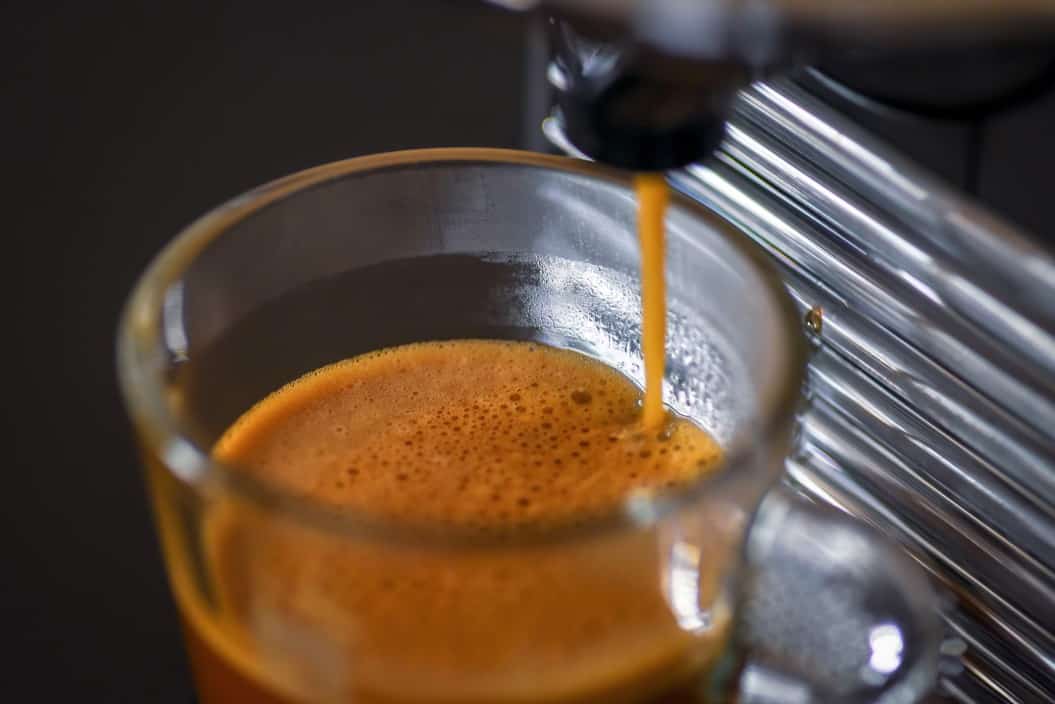
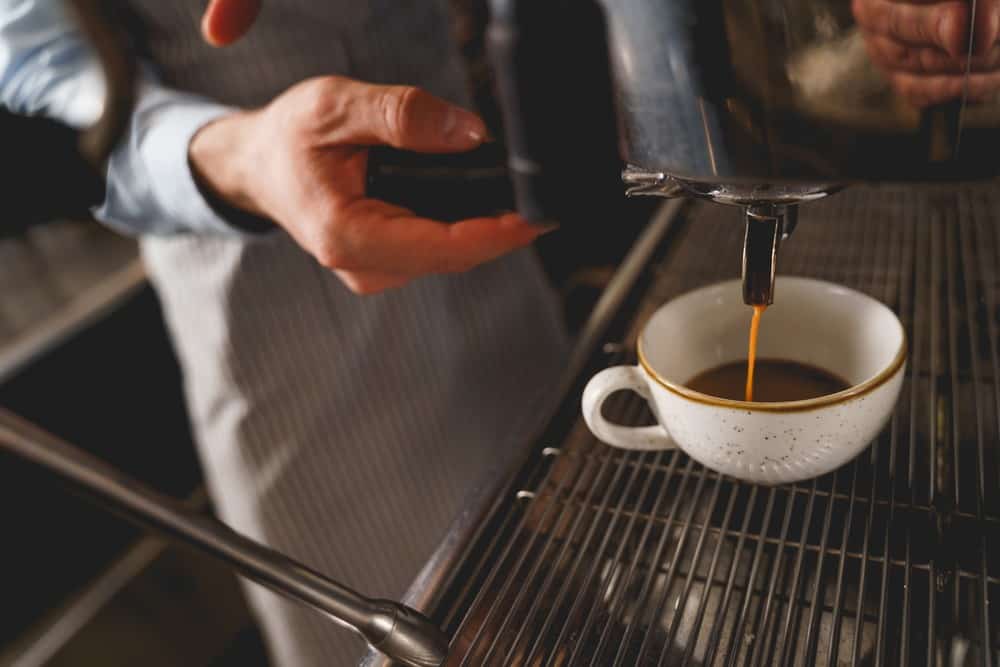
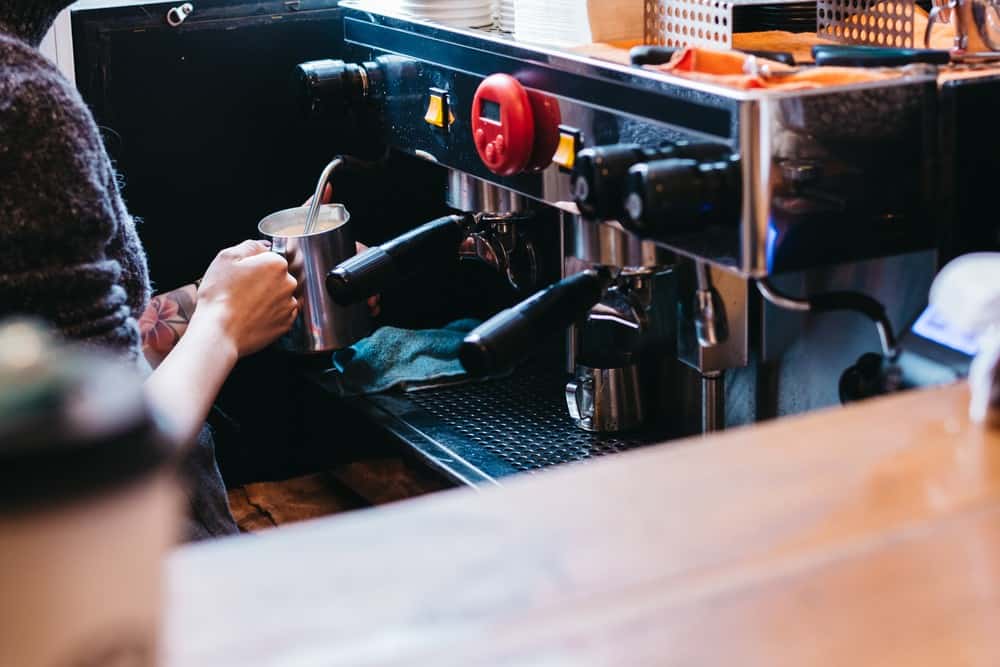
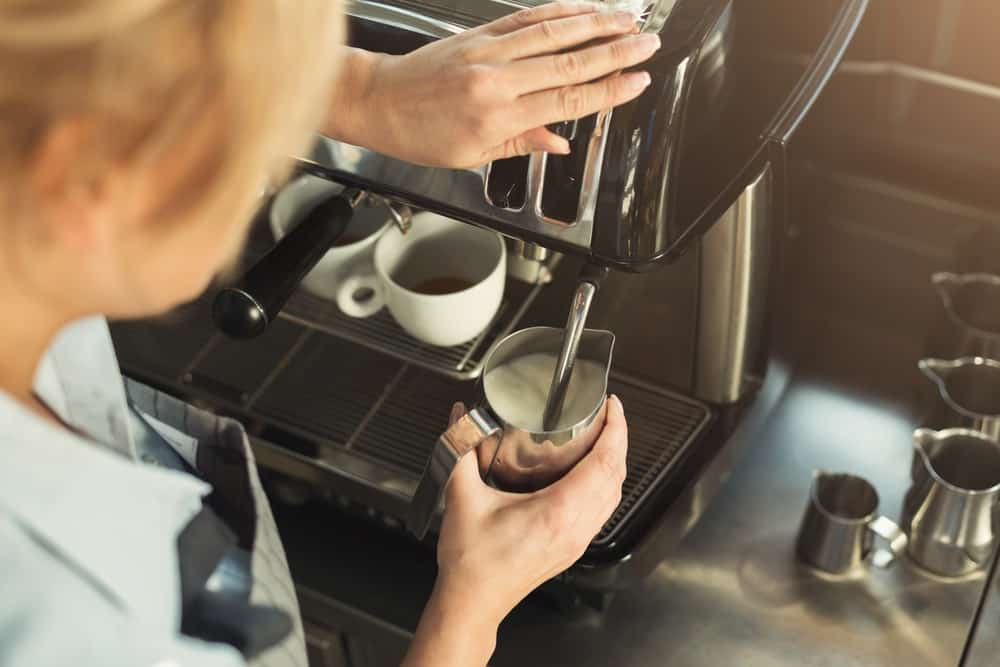
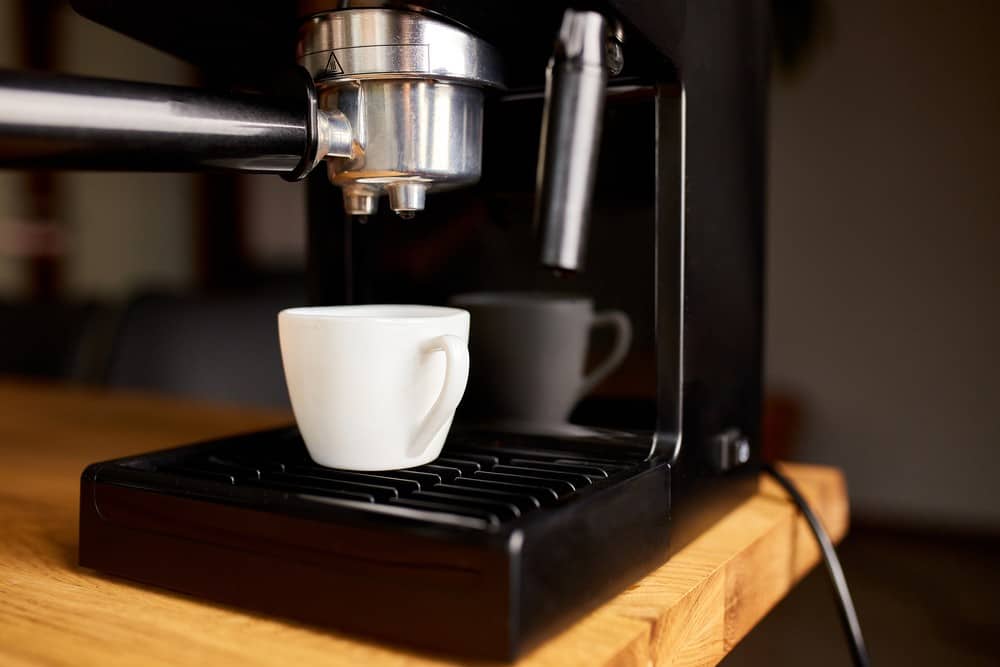
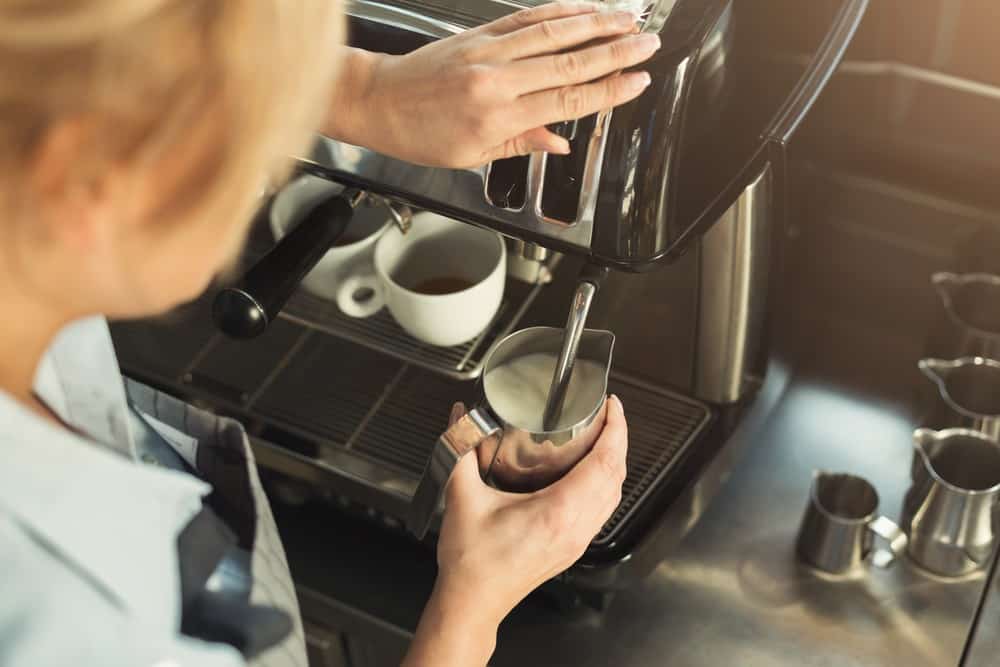
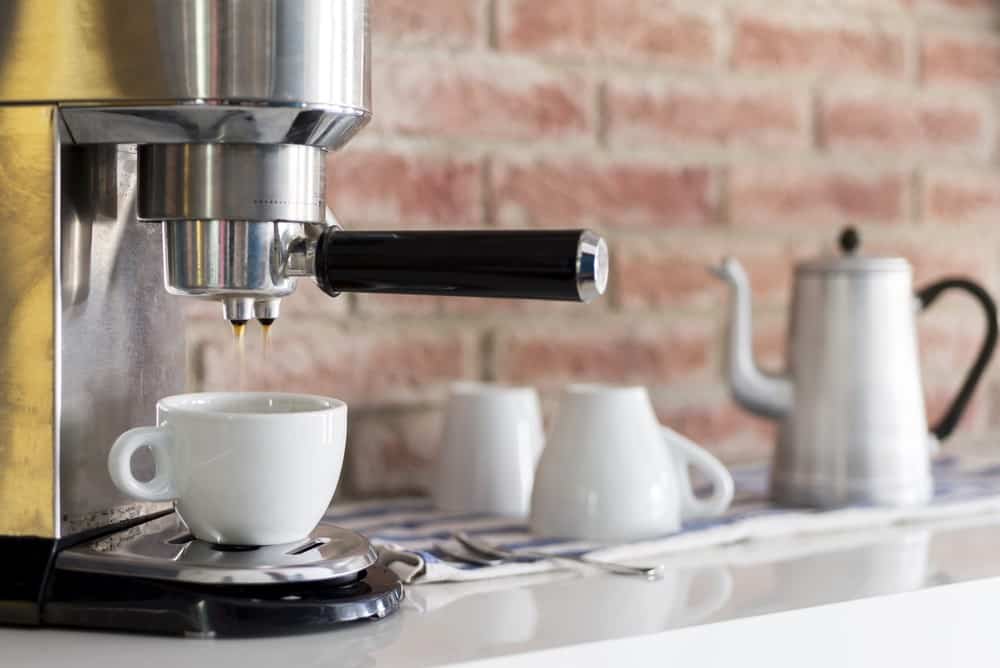
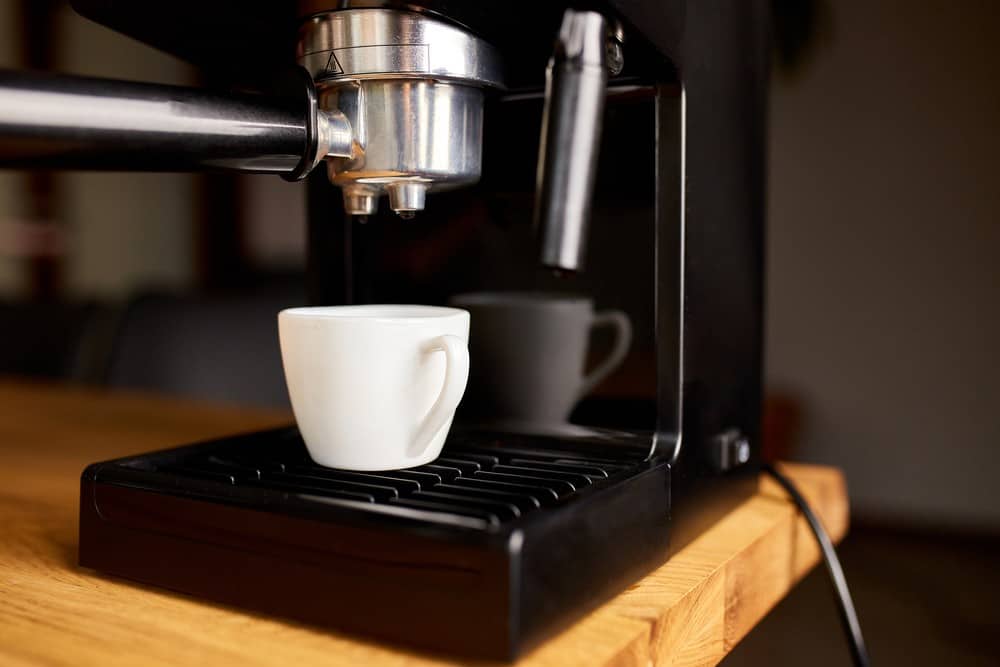
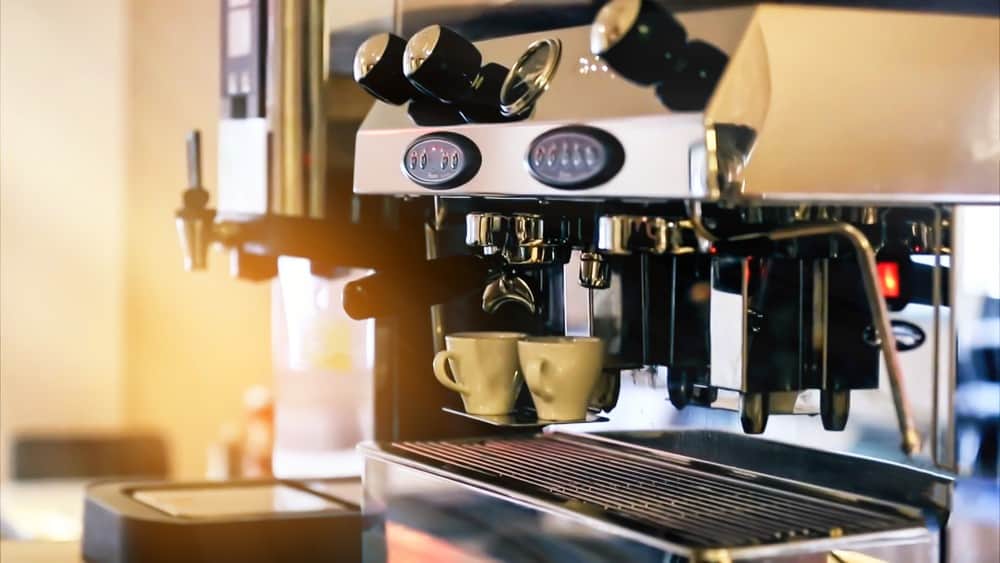
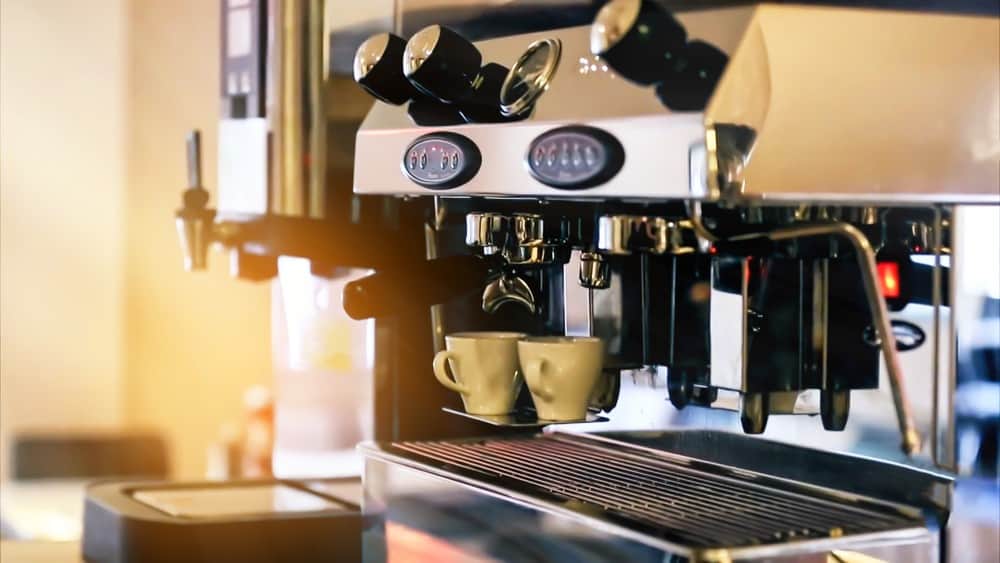
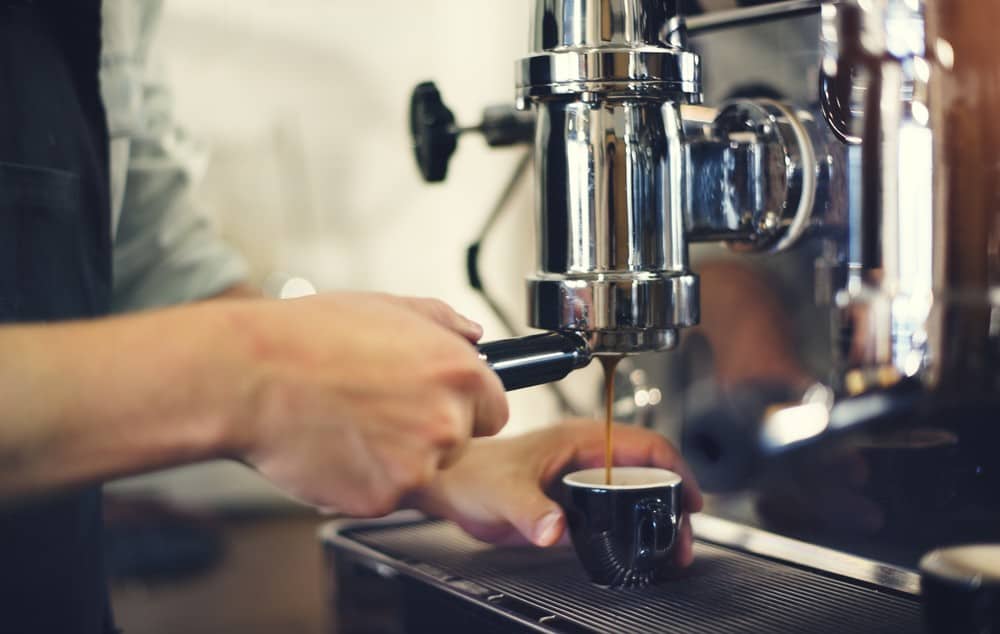
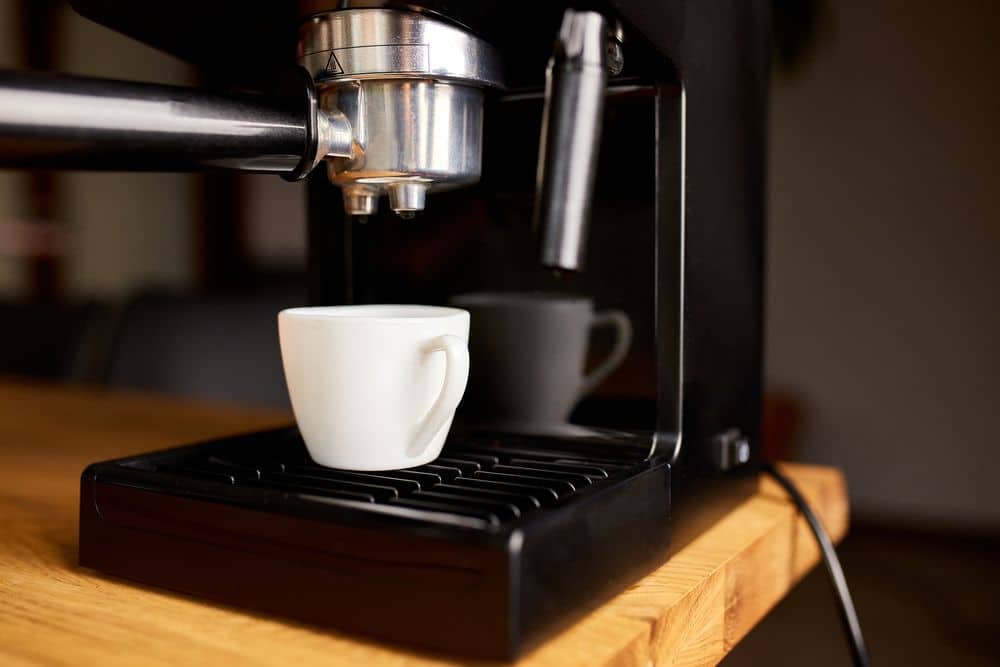
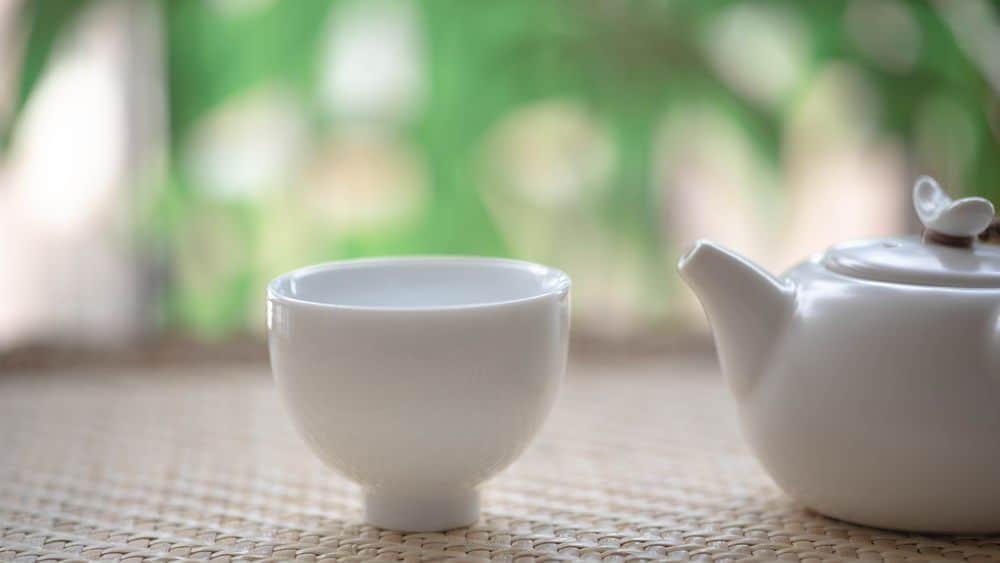
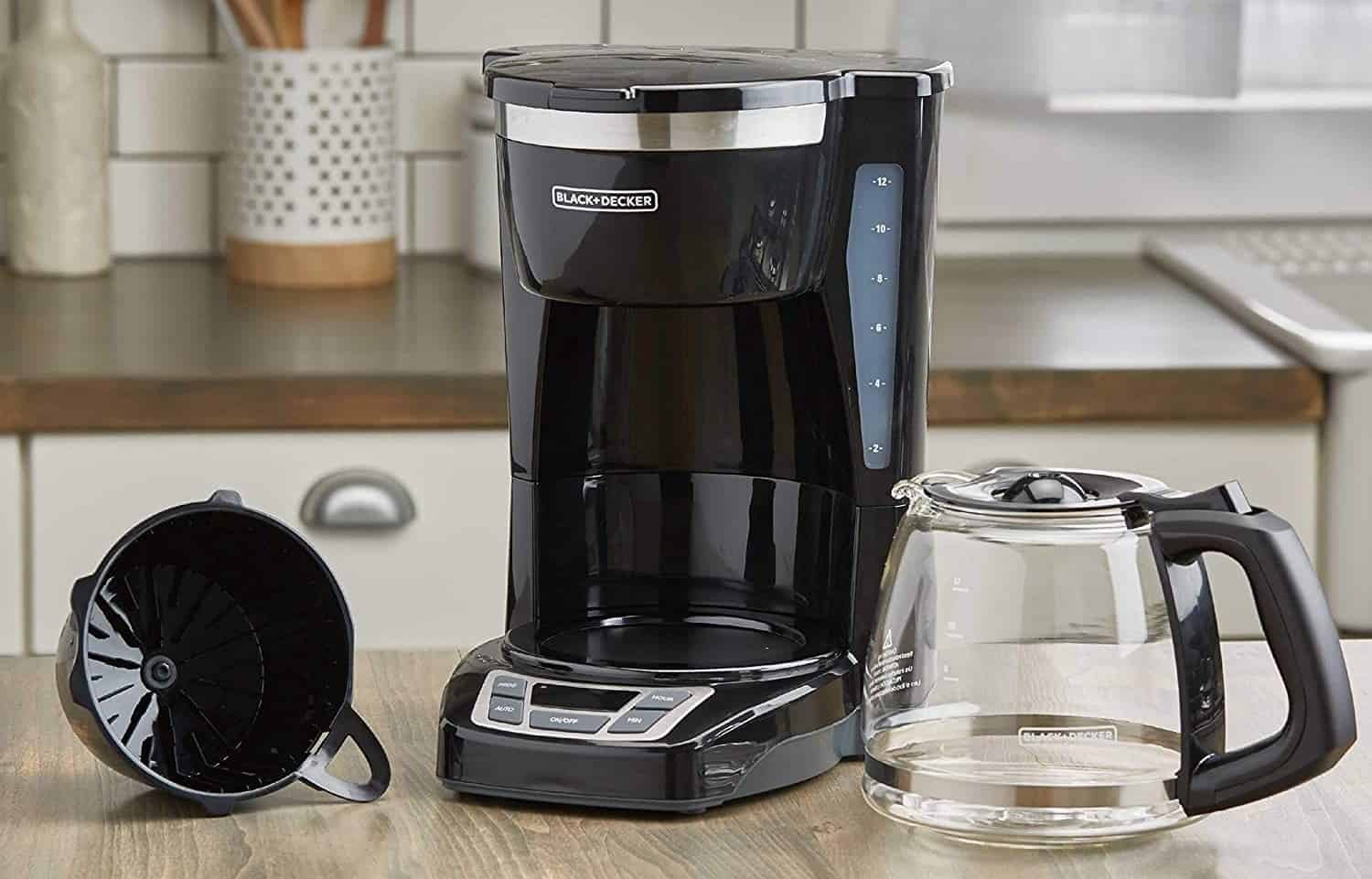
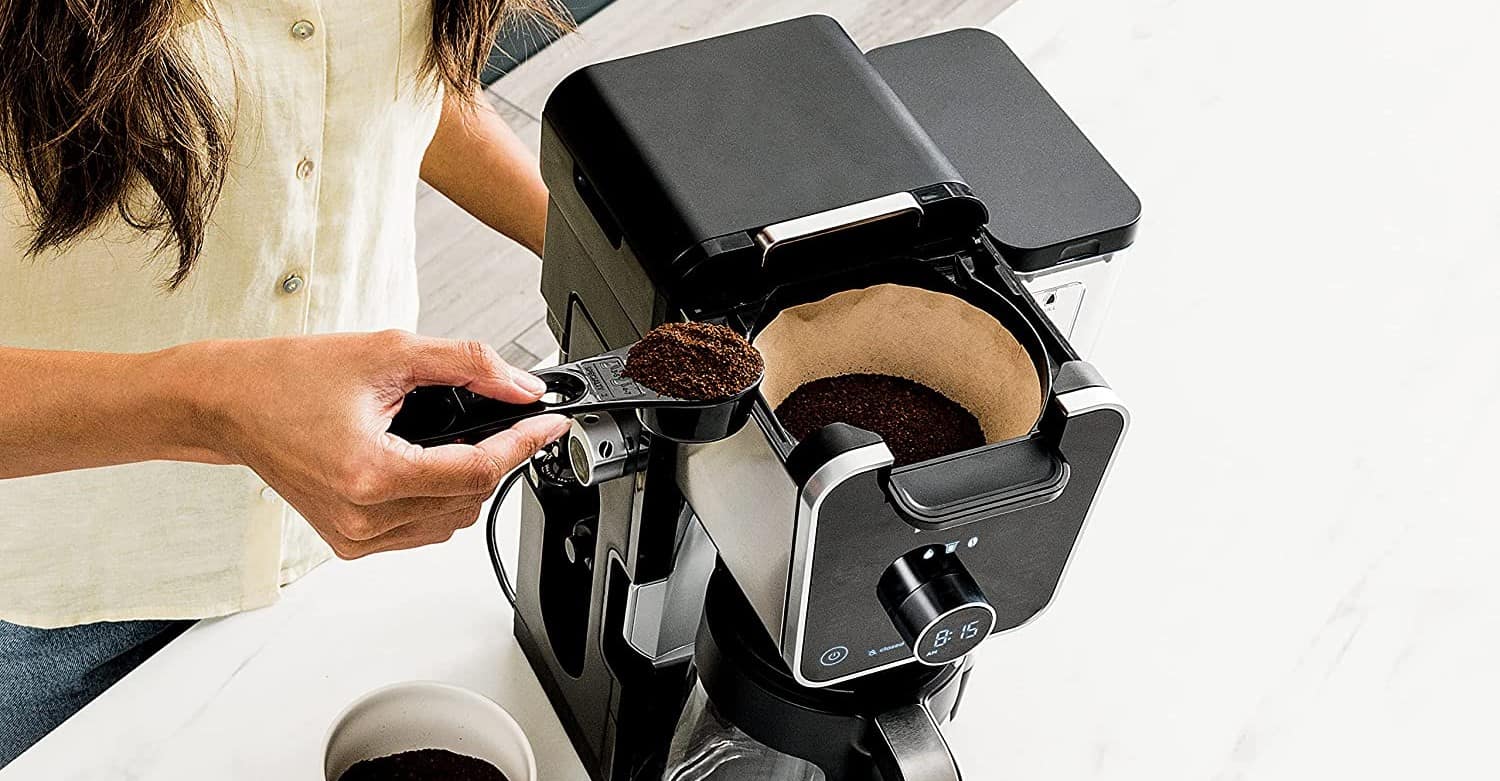
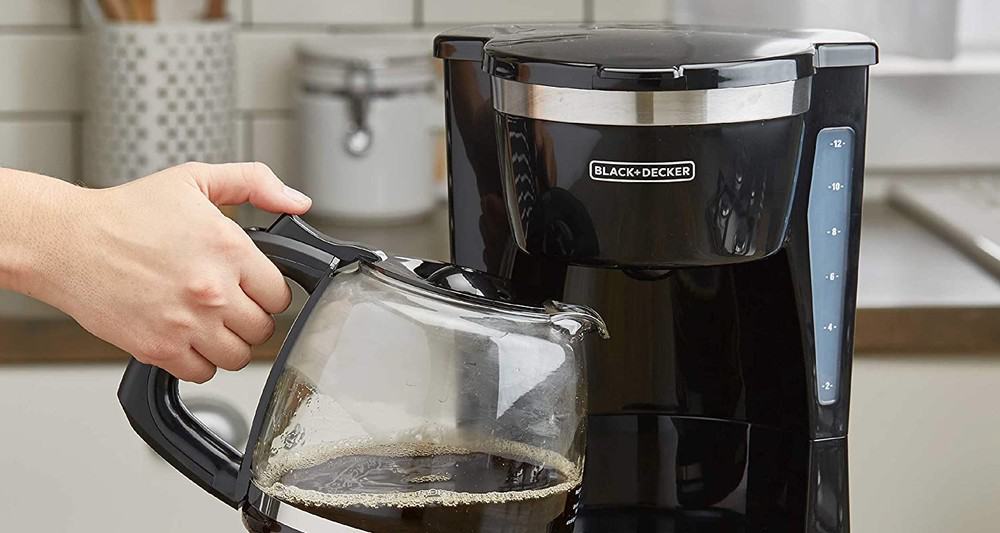
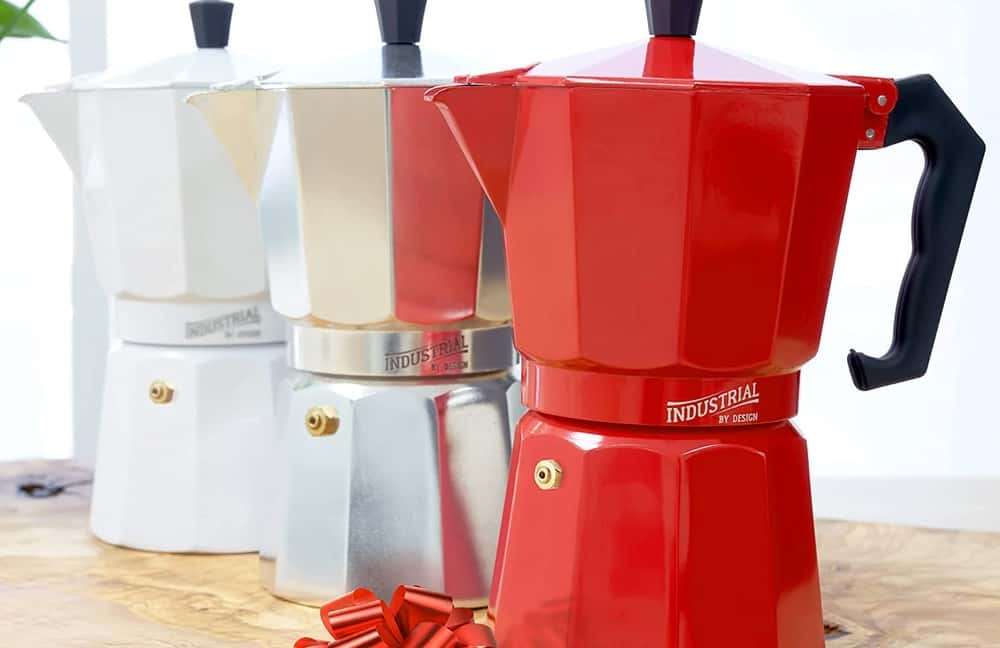
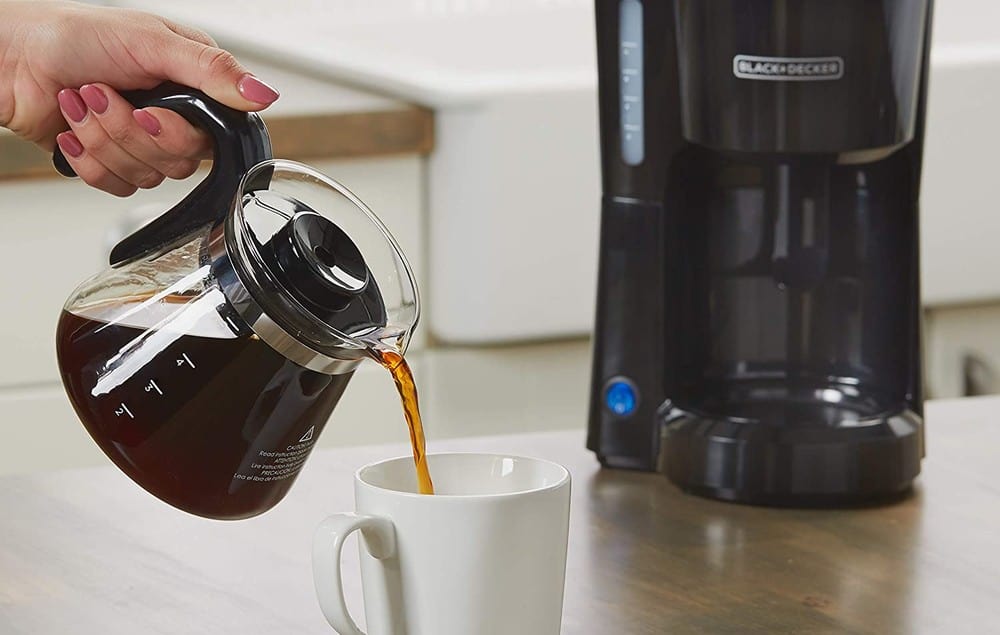


![Best Keurig Alternatives in [year] 37 Best Keurig Alternatives in 2025](https://www.gadgetreview.dev/wp-content/uploads/best-keurig-alternative-image.jpg)
![Best Semi Automatic Espresso Machines in [year] 38 Best Semi Automatic Espresso Machines in 2025](https://www.gadgetreview.dev/wp-content/uploads/best-semi-automatic-espresso-machine-image.jpg)
![Best Coffee and Espresso Makers in [year] 39 Best Coffee and Espresso Makers in 2025](https://www.gadgetreview.dev/wp-content/uploads/best-coffee-and-espresso-maker-image.jpg)
![Best Kitchen Appliances in [year] ([month] Reviews) 40 Best Kitchen Appliances in 2025 (April Reviews)](https://www.gadgetreview.dev/wp-content/uploads/best-kitchen-appliances.jpg)
![Quietest Coffee Makers in [year] 41 Quietest Coffee Makers in 2025](https://www.gadgetreview.dev/wp-content/uploads/quietest-coffee-maker-image.jpg)
![Best Prosumer Espresso Machines in [year] 42 Best Prosumer Espresso Machines in 2025](https://www.gadgetreview.dev/wp-content/uploads/71ytF6efAlL._AC_SL1500_.jpg)
![Best Single Serve Coffee Maker No Pods in [year] 43 Best Single Serve Coffee Maker No Pods in 2025](https://www.gadgetreview.dev/wp-content/uploads/best-k-pod-coffee-image-1.jpg)
![Best Coffee Makers for Hard Water in [year] 44 Best Coffee Makers for Hard Water in 2025](https://www.gadgetreview.dev/wp-content/uploads/best-coffee-maker-for-hard-water-image.jpg)
![Best Dual Boiler Espresso Machines in [year] 45 Best Dual Boiler Espresso Machines in 2025](https://www.gadgetreview.dev/wp-content/uploads/best-dual-boiler-espresso-machine-image.jpg)
![Best Breville Espresso Machines in [year] 46 Best Breville Espresso Machines in 2025](https://www.gadgetreview.dev/wp-content/uploads/best-breville-espresso-machine-image.jpg)
![Best 5 Cup Coffee Makers in [year] 47 Best 5 Cup Coffee Makers in 2025](https://www.gadgetreview.dev/wp-content/uploads/best-5-cup-coffee-maker-image.jpg)
![Best Commercial Coffee Makers in [year] 48 Best Commercial Coffee Makers in 2025](https://www.gadgetreview.dev/wp-content/uploads/best-commercial-coffee-maker-image.jpg)
![Best Commercial Espresso Machine for a Small Coffee Shop in [year] 49 Best Commercial Espresso Machine for a Small Coffee Shop in 2025](https://www.gadgetreview.dev/wp-content/uploads/best-commercial-espresso-machine-small-coffee-shop-image.jpg)
![Best Coffee for Moka Pot in [year] 50 Best Coffee for Moka Pot in 2025](https://www.gadgetreview.dev/wp-content/uploads/best-coffee-for-moka-pot-image.jpg)
![Best USA Made Coffee Makers in [year] 51 Best USA Made Coffee Makers in 2025](https://www.gadgetreview.dev/wp-content/uploads/best-usa-made-coffee-makers-image.jpg)
![Fastest Coffee Makers in [year] 52 Fastest Coffee Makers in 2025](https://www.gadgetreview.dev/wp-content/uploads/fastest-coffee-maker-image.jpg)
![Best SCAA Certified Coffee Makers in [year] 53 Best SCAA Certified Coffee Makers in 2025](https://www.gadgetreview.dev/wp-content/uploads/best-scaa-certified-coffee-maker-image.jpg)
![Best Smart Coffee Makers in [year] 54 Best Smart Coffee Makers in 2025](https://www.gadgetreview.dev/wp-content/uploads/best-smart-coffee-maker-image.jpg)
![Best Coffee Makers for RV in [year] 55 Best Coffee Makers for RV in 2025](https://www.gadgetreview.dev/wp-content/uploads/best-coffee-maker-for-rv-image.jpg)
![Best Ninja Coffee Makers in [year] 56 Best Ninja Coffee Makers in 2025](https://www.gadgetreview.dev/wp-content/uploads/best-ninja-coffee-maker-image.jpg)
